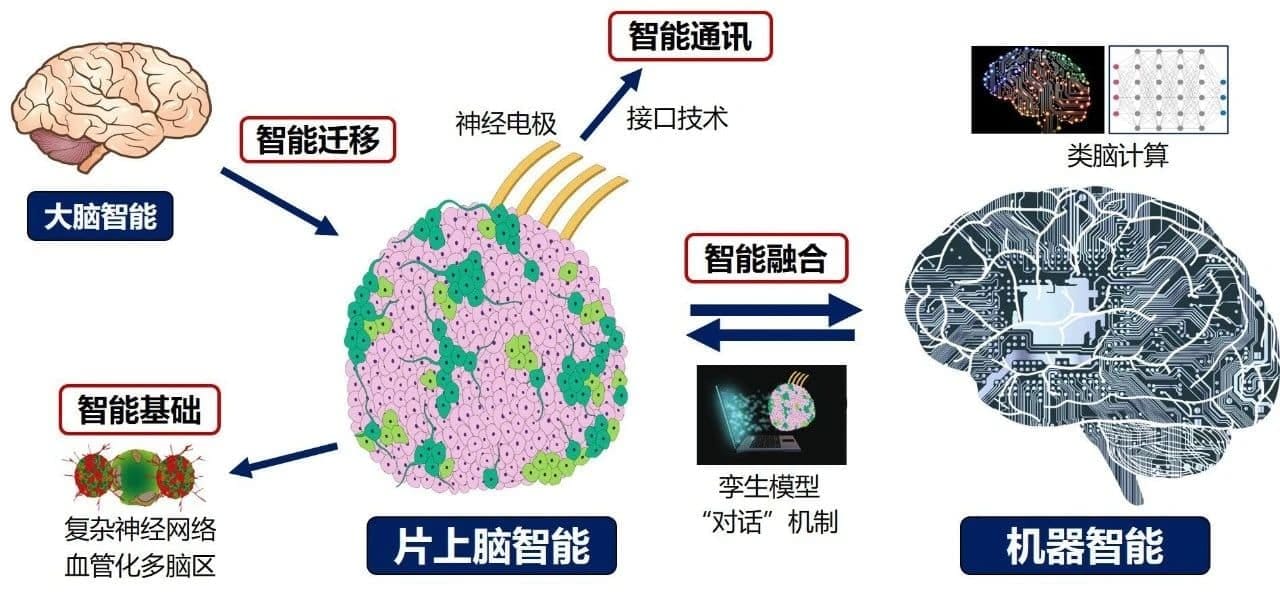Chinese researchers have achieved a milestone in the field of technology with the development of the world’s first open-source "brain-on-chip" interface system. This innovative system allows for controlling a robot to avoid obstacles, follow, and grasp objects through "mind control," as reported by the Science and Technology Daily on Wednesday.
The system was co-developed by research teams from Tianjin University and Southern University of Science and Technology. It utilizes an artificially grown brain known as a "brain organ", which can interact with external information through encoding, decoding, and feedback of stimuli when combined with electrode chips.
Researchers at Tianjin University have filed 15 national invention patents in the field of brain-on-chip interfaces, and two of these patents are under review in the United States and the United Kingdom. According to Tianjin University, in the future, the team will explore key areas of scientific research such as intelligent communication, migration, and integration, to promote the early application of this technology.
Recently, the research team at Tianjin University published a study in the international journal Brain in the field of neuroscience, providing a better smart foundation for cultivating a "brain".
The human brain, although weighing only three pounds, is one of the most complex substances known in the world. As a significant emerging branch of brain-machine interfaces, brain-on-chip technology is expected to drive the development of cutting-edge technologies like hybrid intelligence, explained Tianjin University.
Although this technology is still in its early stages, it encompasses key aspects such as smart bases and intelligent communication. The smart base, which acts as the central processing unit (CPU) of the intelligent entity, is essential for achieving intelligent capabilities on the chip, with the goal of efficiently simulating and analyzing the brain.
The brain organ, despite having a structure and function similar to the human brain, faces challenges such as low maturity and inadequate nutrient supply, according to the research team at Tianjin University.
Source: Global Times China

